Apr 27, 2024
Einstein Probe Opens its Wide Eyes to the X-ray Sky
The first images captured by the innovative mission were presented at the 7th workshop of the Einstein Probe consortium in Beijing. They illustrate the satellite’s full potential and show that its novel optics, which mimic a lobster’s eyes, are ready to monitor the X-ray sky. The space X-ray telescope zoomed in on a few well-known celestial objects to give us a hint of what the mission is capable of.
Launched on 9 January 2024, the Chinese Academy of Sciences (CAS) spacecraft Einstein Probe joins ESA’s XMM-Newton and JAXA’s XRISM in their quest to discover the Universe in X-ray light. The mission is a collaboration led by CAS with ESA, the Max Planck Institute for Extraterrestrial Physics (MPE) (Germany), and the National Centre for Space Studies (CNES) (France).
In the months since liftoff, the mission operations team has been performing the necessary tests to confirm the spacecraft's functionality and calibrating the scientific instruments. During this crucial phase, Einstein Probe captured scientific data from various X-ray sources.

3D Printed Satellite Market - Global Forecast to 2030
by Component (Antenna, Bracket, Shield, Housing and Propulsion), Satellite Mass (Nano and microsatellite, small satellite, medium and large satellite), Application and Region
Download free sample pagesThese first-light images demonstrate the outstanding capabilities of Einstein Probe's two scientific instruments. The Wide-field X-ray Telescope (WXT) can observe a panorama of nearly one-eleventh of the celestial sphere in one shot, while the more sensitive Follow-up X-ray Telescope (FXT) offers close-ups and can pinpoint short-lived events caught by WXT.
“I am delighted to see the first observations from Einstein Probe, which showcase the mission’s ability to study wide expanses of the X-ray sky and quickly discover new celestial sources,” says Prof. Carole Mundell, ESA Director of Science. “These early data give us a tantalising glimpse of the high-energy dynamic Universe that will soon be within reach of our science communities. Congratulations to the science and engineering teams at CAS, MPE, CNES and ESA for their hard work in reaching this important milestone.”
The capability of the mission to promptly spot new X-ray sources and monitor how they change over time is fundamental to improving our grasp of the most energetic processes in the cosmos. Powerful X-rays are blasted through the Universe when neutron stars collide, supernovas explode, and matter is swallowed by black holes or ejected from the crushing magnetic fields that envelop them.
Lobster eyes monitoring the Universe
Einstein Probe’s WXT instrument consists of twelve modules featuring the novel lobster-eye technology that was tested in flight in 2022 by the technology demonstrator LEIA (Lobster Eye Imager for Astronomy). The twelve modules provide a field of view of more than 3600 square degrees, allowing Einstein Probe to monitor the whole night sky in just three orbits.
During its first months in space, WXT started its work of keeping a watchful eye on the X-ray sky. Detections of energetic objects look like a lit-up plus sign due to the way the instrument’s novel lobster-eye optics work. The first X-ray transient source – an astronomical object that is not continuously shining but pops up and fades again – was discovered on 19 February. This candidate gamma-ray burst lasted for 100 seconds. Einstein Probe discovered another 14 temporary X-ray sources and also captured X-rays 127 flaring stars.
During the mission, the wide-field instrument's findings will guide a range of ground- and space-based telescopes to perform follow-up observations in multiple wavelength bands. X-ray follow-up observations can also be obtained using the satellite’s FXT instrument.
Rapid follow-up observations
Einstein Probe’s FXT instrument has a set of two X-ray telescopes for detailed studies of X-ray-emitting objects and events. During the past months, FXT has proved to be a trustworthy instrument to observe a range of X-ray sources. The first images bring into new focus a supernova remnant, an elliptical galaxy, a globular cluster and a nebula.
Remarkably, FXT already performed a follow-up observation of an X-ray event spotted by WXT on 20 March 2024.
“It is astounding that even though the instruments were not yet fully calibrated, we could already perform a time-critical follow-up observation using the FXT instrument of a fast X-ray transient first spotted by WXT,” explains Dr. Erik Kuulkers, ESA’s Einstein Probe Project Scientist. “It shows what Einstein Probe will be capable of during its survey.”
What’s next?
In the coming months, Einstein Probe will continue to undergo in-orbit calibration activities before starting its routine science observations around mid-June. During the three-year mission, the satellite will circle Earth at a height of 600 km and keep its eyes on the sky searching for transitory X-ray events. Using the FXT follow-up telescope, the mission will look deeper at newly detected events and other known interesting objects.
Einstein Probe’s capabilities are highly complementary to the in-depth studies of individual cosmic sources enabled by XMM-Newton and XRISM. Its survey is fundamental to prepare for X-ray observations by ESA’s future NewAthena mission, currently under study and set to be the largest X-ray observatory ever built.
View original News release

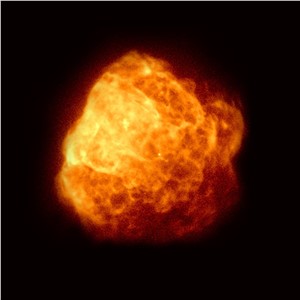
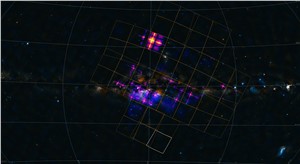
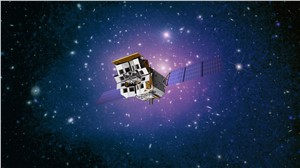
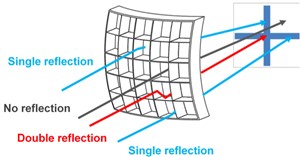
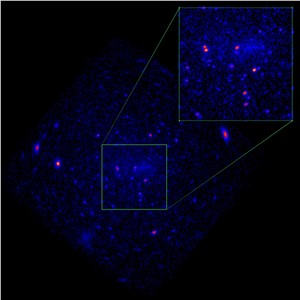


No comments:
Post a Comment